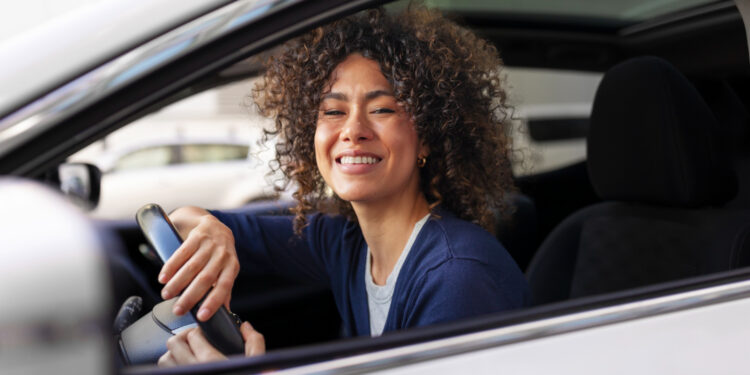How to Safely Jump Start Your Vehicle


Have you ever gotten in your car to drive to work only to realize that it won’t start? If you hear that all-too familiar clicking sound, then you probably will need to jump start your vehicle. With the right equipment, you can do just that, so here is a quick and easy guide on how to safely jump start your vehicle.
Table of Contents
First Steps
First of all, you will need to park the cars close together. This ensures that the jumper cables can reach from one car to another. Depending on where your car was when it died, this may be challenging, but do the best you can to get the two cars lined up with each other.
Ensure Compatibility
You should check the compatibility of the two vehicles as well. Locate the battery size in the manual that you got when you first bought your new Land Rover for sale. The batteries should be the same voltage. The jump may be unsuccessful if the batteries are not compatible, or worse, it may damage one or both of the batteries.
Use the Right Jumper Cables
The jumper cables you use should still be in good working order. If you notice the wiring is thin or there is damage to one or both cables, it may not work to start the car, and you can also risk injury. Ensure the jumper cables are still suitable for use.
Identify the Terminals
There are two terminals on a battery and, therefore, two jumper cables. It is essential that you correctly identify the terminals on the cables so you know what you are working with. The positive terminal should have a plus sign and be red, and the negative terminal should have a minus sign and be black.
Connect the Cables
Connecting the cables to the batteries properly is of utmost importance. First, you want to connect the positive terminal (red) to the dead battery’s positive terminal. Next, you’ll join the other side to the positive terminal of the working vehicle. After that, you will connect the negative (black) terminal to the negative side of the working battery. Connect the other side to a metal surface on the dead vehicle. Keep it away from the battery to prevent sparks.
Start the Vehicles
Start the working vehicle and let it run for a few minutes to charge the dead battery. After a few minutes, try starting the dead vehicle. If it doesn’t work, give it a few more minutes to see if the battery needs more charging. Once both vehicles are running, you need to disconnect the cables carefully. Remove the negative cable from the jumpstart vehicle and then the other side from the working vehicle. Next, remove the positive side of the cable from the battery that was just jumpstarted, and finally, remove the final cable from the working battery. Keep the newly started car running for a bit to allow the battery to charge up more with the help of the alternator.
Jump Start Your Car Battery
A dead battery in a car can be a significant inconvenience, but thankfully, it is often simple to fix. Be sure to carefully place the cables on and take them off in the correct order to ensure the safety of everyone involved.






